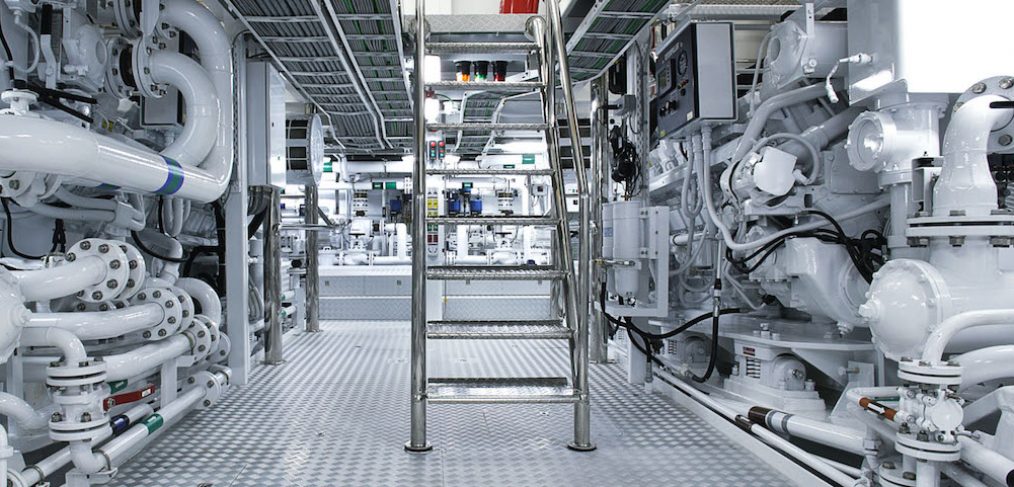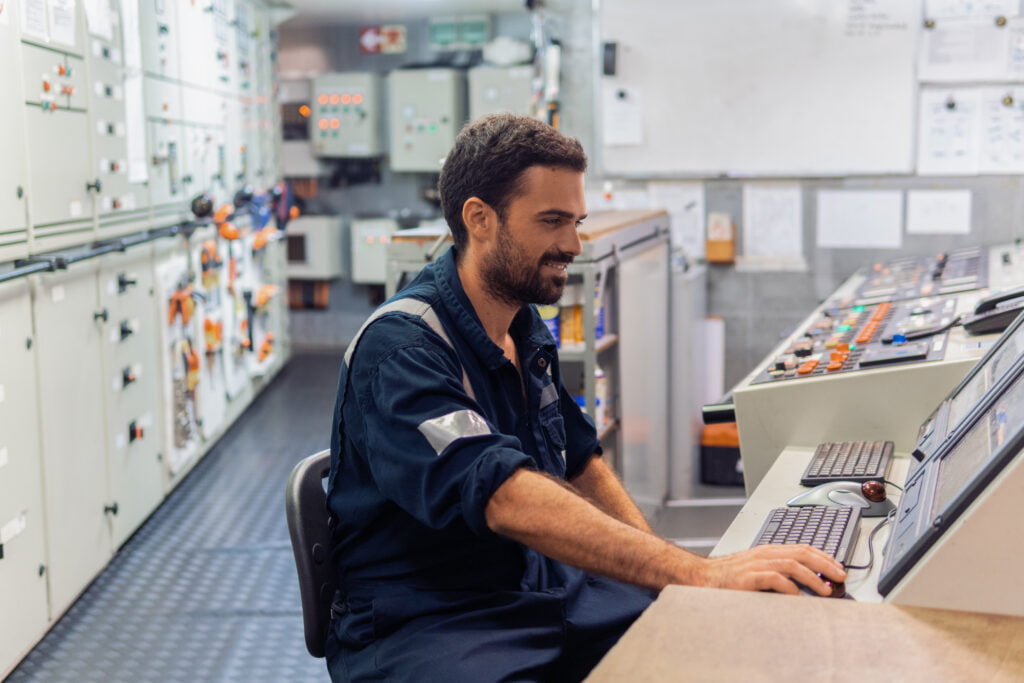If you’re pursuing a career as a yacht engineer, Wilsonhaligan Recruitment has put together a detailed guide on the necessary qualifications and requirements, a glimpse into the day-to-day responsibilities, and tips on how to successfully secure your dream job!

So What Does A Yacht Engineer Do?
A yacht engineer is responsible for the operation, maintenance, and repair of all mechanical, electrical, electronic, hydraulic, pneumatic, and sometimes structural systems on board a modern yacht or superyacht. Depending on the yacht’s type, size, and usage, the engineering department could range from a sole engineer to a team of six or more engineers.
What Skills Do You Need?
Being a successful yacht engineer requires excellent planning and organisational skills, as preventative maintenance is crucial in modern marine engineering. Key skills include project management, resource allocation, and time management, along with diverse technical abilities.
Proficiency in using asset management software like AMOS and IDEA is highly advantageous for maintaining records of failures, repairs, and spare parts inventories.
What Challenges Might You Face?
Superyacht engineering can be particularly challenging, especially on busy charter yachts, where the environment is fast-paced and demanding. High expectations from owners and guests mean engineers must keep all systems operational to minimize downtime. At sea, many systems are safety-critical, and breakdowns present unique challenges and risks.

What Qualifications Do I Need?
There are two main routes to becoming a superyacht engineer:
Commercial Shipping Route
- Cadetship: Typically begins with a sponsored cadetship with a shipping company.
- Officer of the Watch (Engineering) or EOOW Ticket: After about three years of study and work experience, candidates earn this certification, along with an HND or BSc Degree in Marine Engineering or similar.
- Entry-Level Roles: EOOW-qualified candidates often start as 3rd Engineers on large yachts.
The advantage of this route is gaining quick seatime on vessels over 3000 GT, leading to an “unlimited” ticket for working on the world’s largest superyachts. Companies usually cover course and examination costs, with some offering training bursaries.
Yacht Certification Route
- Approved Engine Course (AEC): A 4-day course covering diesel engine theory and practical workshops.
- Marine Engine Operators Licence (MEOL): Requires sea service, shore-based learning, and an oral exam.
- Y-Tickets: Series of certifications (Y4 to Y1) allowing engineers to work as Chief Engineers on yachts up to 3000GT and with varying propulsion power limits.
This route is more yacht-specific, with courses offered by providers like Bluewater Yachting.
Structure Of Engineering Departments
Engineering departments vary widely but typically include:
- Chief Engineer: Oversees all engineering operations and advises the Captain.
- 1st Engineer: Manages day-to-day engineering tasks on very large yachts.
- 2nd Engineer: Handles engine room maintenance and challenging repair tasks.
- 3rd Engineer: Maintains lifeboats, tenders, toys, and deck equipment.
- 4th Engineer: Junior role, often involved in structured learning and hands-on tasks.
- Motorman: Operates and maintains main engines and engine room systems on larger yachts.
- Wiper/Oiler: Ensures engine cleanliness and maintenance on the largest yachts.
How To Find a Job
Once qualified, there are several ways to find a job:
- Dockwalking: Visit superyacht hubs like Palma, Antibes, or La Ciotat, and inquire directly with yachts about engineering positions. Bring a CV, references, and be well-presented.
- Crew Agents: Use reputable crew agents who can help find positions and do the legwork for you.
Networking, personal connections, and persistence are key to securing a position in this competitive industry.
Visit Wilsonhalligan Recruitment’s website here: https://www.wilsonhalligan.com/

To keep up to date with the latest Superyacht Content News, click here.
Sign up to our Newsletter below:




.gif)
.gif)













